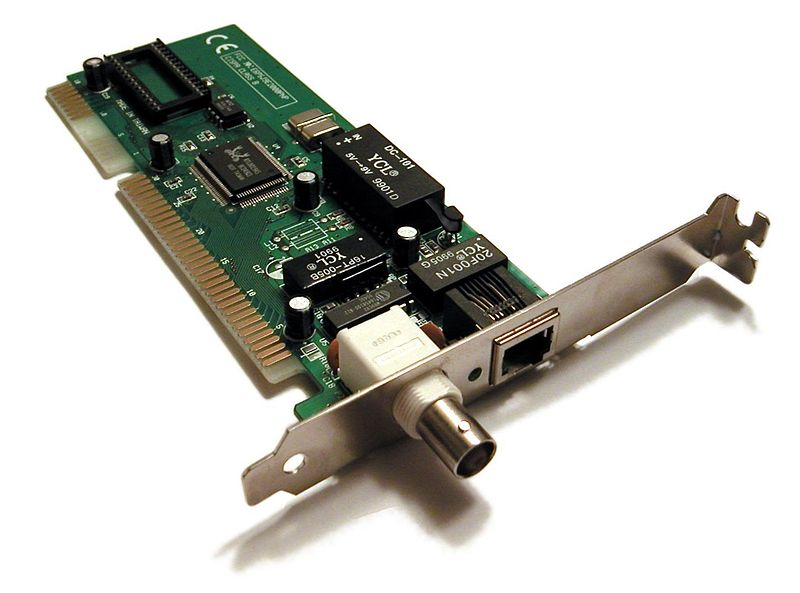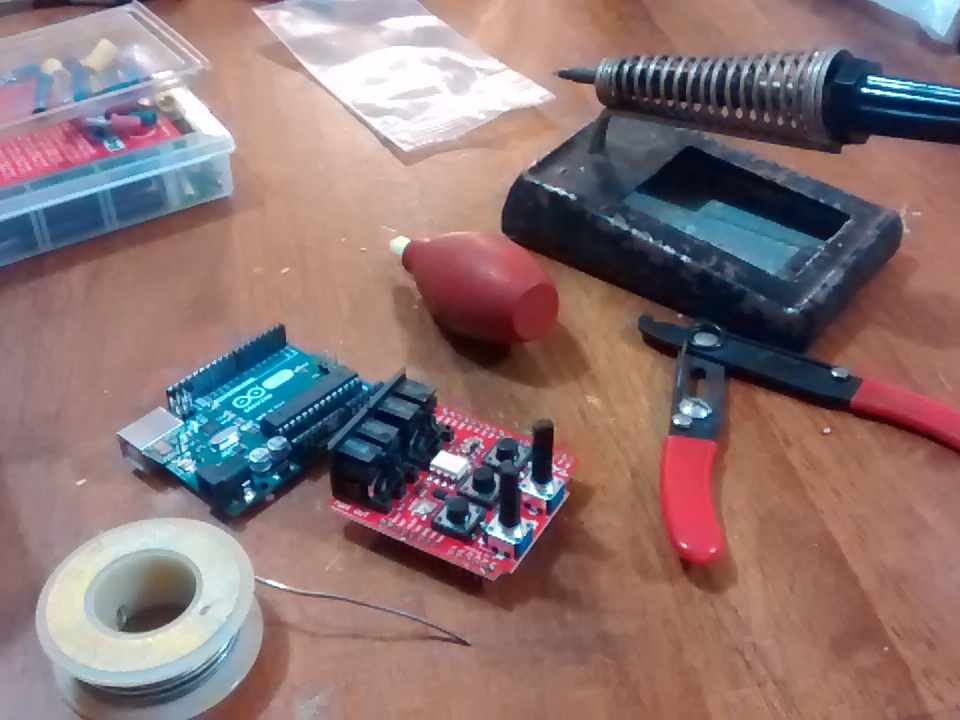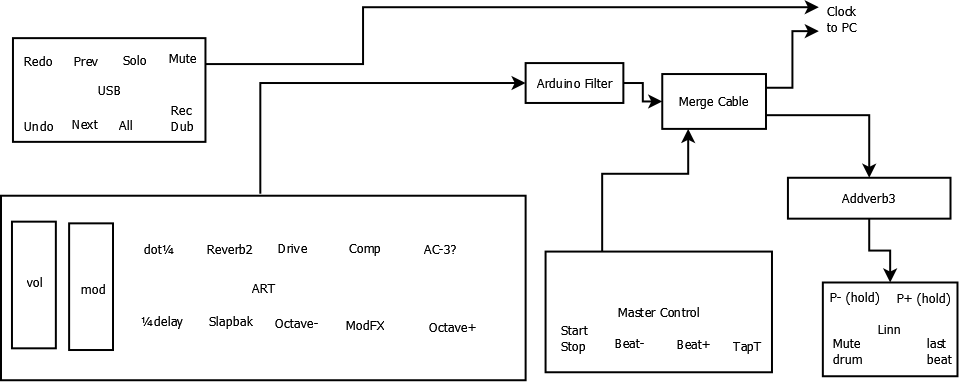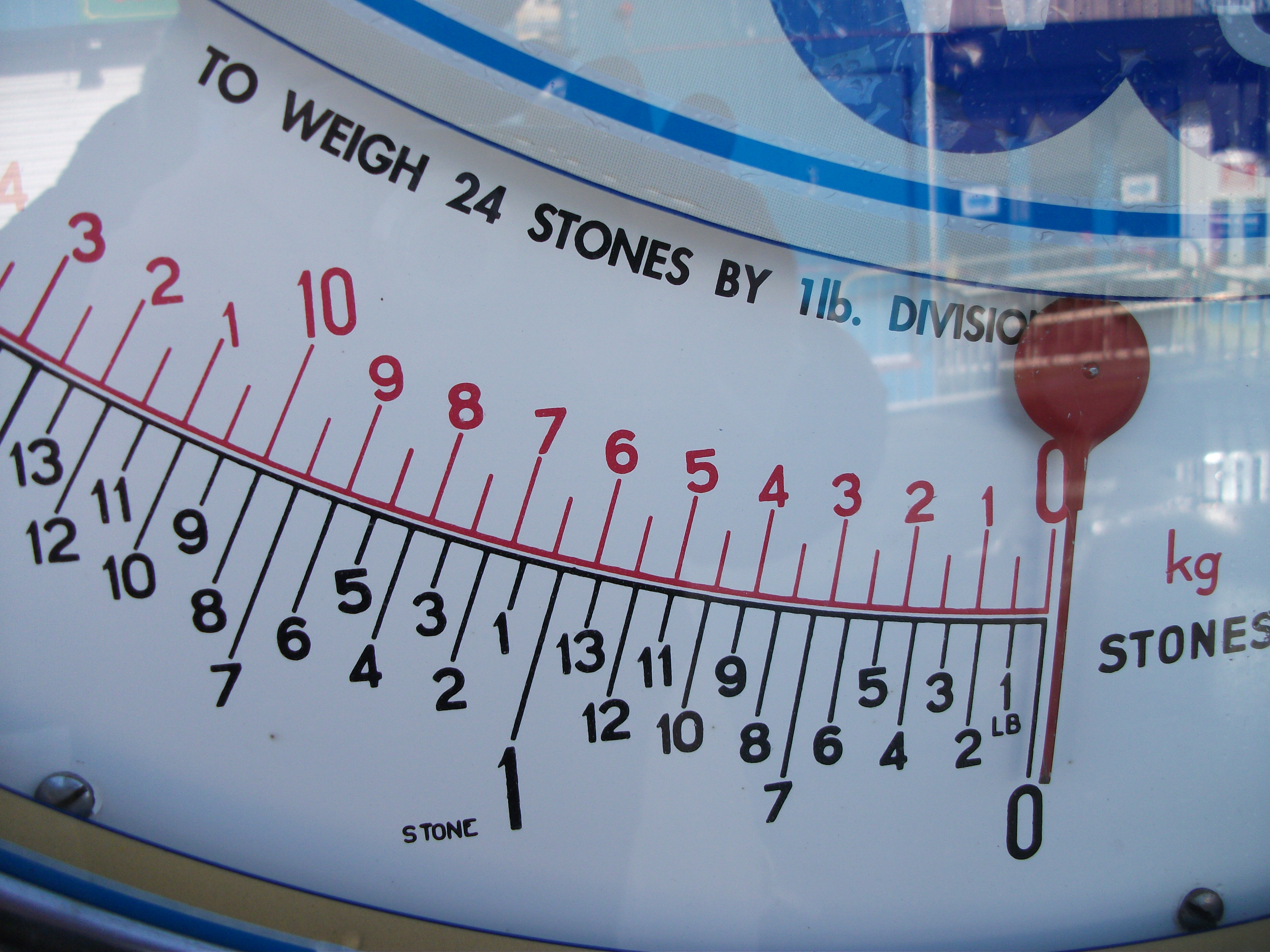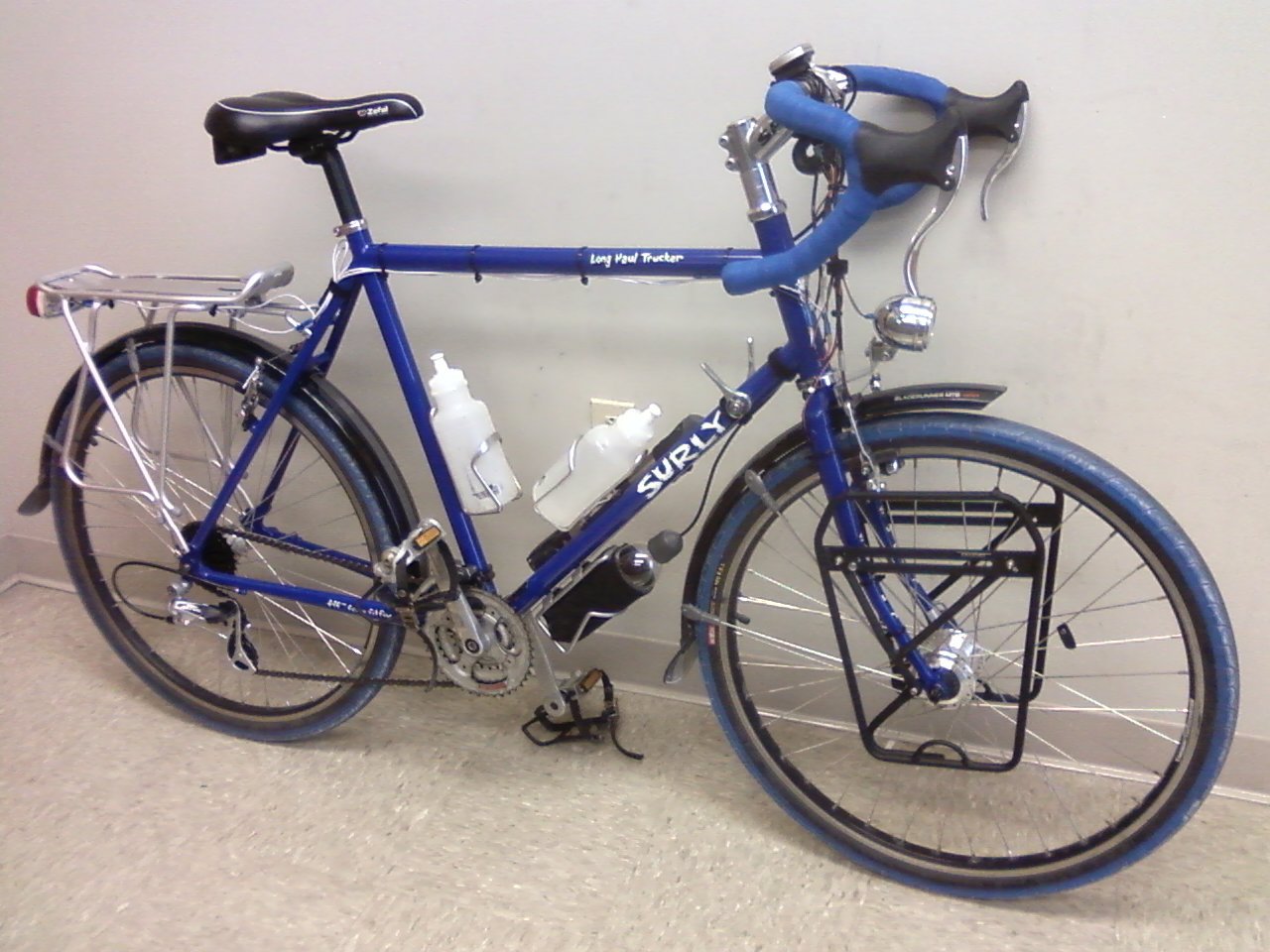Some of you may remember me writing about Untangle Firewall a few years ago. At the time, it was (and still is) an amazing piece of software, but had no affordable option for home networks. So I put it to the wayside, and moved on to other solutions.
When I say Untangle is a solid piece of work, I’m not exaggerating. It has tools that let you control, filter, log, and lock down everything passing through your router. It was just out of my price range for what I needed it to do. I’ll even admit, I might have been a bit harsh on them- it really is good- but their business pricing is pretty steep for a home user.
And then recently, I discovered that Untangle released a Home pricing option for the full package. We’re talking a $540 value for $50!
Naturally, I was intrigued. So I’m going to pull out my unused firewall mini-PC again, slap a dual-port NIC in it, and give Untangle another (well-deserved) shot.
I’m honestly looking forward to trying it out again, and if it works well for my needs, I will definitely make some how-to’s and give them some well-deserved positive publicity. I’m pretty excited.

